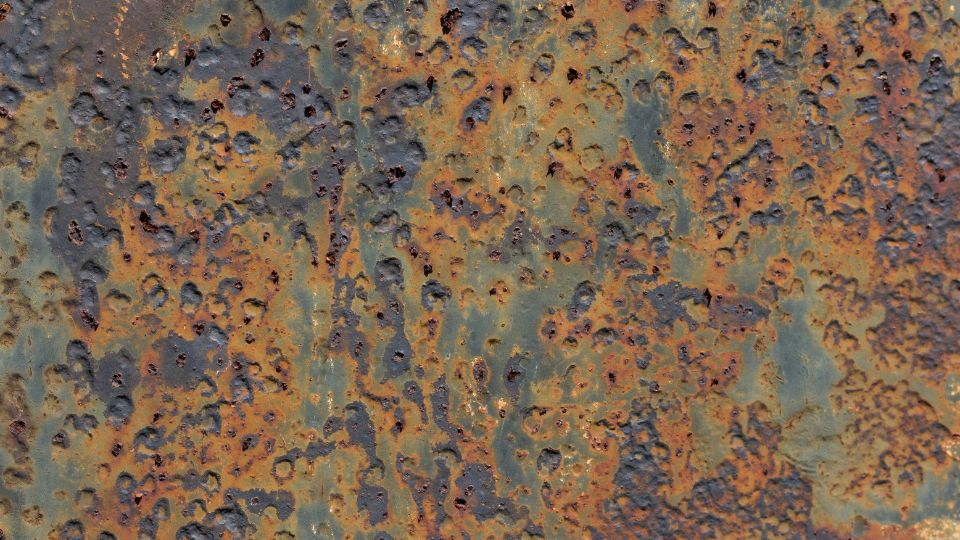
Industrial waste is a significant contributor to acid rain, a serious environmental issue that impacts ecosystems, buildings, and human health.
Here’s an in-depth look at how this occurs and its broader implications.
Table of Contents
- How Acid Rain Forms
- Major Sources of Industrial Pollutants
- Environmental and Health Impacts
- Mitigation and Regulation
- Conclusion

How Acid Rain Forms
Acid rain is primarily caused by the release of sulfur dioxide (SO₂) and nitrogen oxides (NOₓ) into the atmosphere.
These gases undergo chemical reactions with water vapour, oxygen, and other substances, forming sulfuric and nitric acids.
These acids then mix with precipitation and fall to the ground as acid rain.

Major Sources of Industrial Pollutants
Burning of Fossil Fuels:
The combustion of coal, oil, and natural gas in power plants and industrial facilities emits large amounts of SO₂ and NOₓ.
Power plants are particularly significant, contributing two-thirds of SO₂ and one-quarter of NOₓ emissions in the atmosphere.
Manufacturing Processes:
Industries such as cement production, chemical manufacturing, and oil refining release substantial quantities of these pollutants.
These processes are key contributors to the atmospheric acids that result in acid rain.
Automobiles and Heavy Equipment:
Vehicles are another major source of NOₓ.
Emissions from cars, trucks, and construction machinery significantly contribute to the formation of acid rain, particularly in urban areas where vehicle use is high.
Waste Burning:
The incineration of industrial waste releases SO₂ and NOₓ, further increasing the atmospheric load of these harmful gases.

Environmental and Health Impacts
Acid rain has several detrimental effects:
Ecosystems
Acid rain lowers the pH of soil and water bodies, making them more acidic and harming plants, aquatic life, and microorganisms.
This disruption affects the entire food chain and biodiversity.
Buildings and Monuments
Acid rain accelerates the deterioration of buildings, monuments, and sculptures, especially those made of limestone and marble.
The acids react with the minerals in the stone, causing it to erode faster than from normal weathering processes.
Human Health
While acid rain itself doesn’t pose a direct health risk, the pollutants that cause acid rain—SO₂ and NOₓ—can lead to respiratory problems.
These gases can form fine particulate matter that penetrates deep into the lungs, exacerbating conditions such as asthma and bronchitis.

Mitigation and Regulation
To combat acid rain, significant efforts have been made to regulate and reduce emissions of SO₂ and NOₓ.
In the UK, policies like the Clean Air Strategy and the implementation of the Industrial Emissions Directive have been instrumental in reducing pollutants that contribute to acid rain.
These policies enforce strict emission controls on industries and promote the use of cleaner technologies, such as flue-gas desulfurisation and selective catalytic reduction, to minimise sulfur dioxide and nitrogen oxides emissions.

Conclusion
In conclusion, industrial waste significantly contributes to the formation of acid rain through the emission of sulfur dioxide and nitrogen oxides.
Addressing this issue requires stringent regulatory measures, technological innovation, and a shift towards sustainable industrial practices.
Collective efforts to reduce emissions can mitigate the adverse effects of acid rain on the environment and human health.








